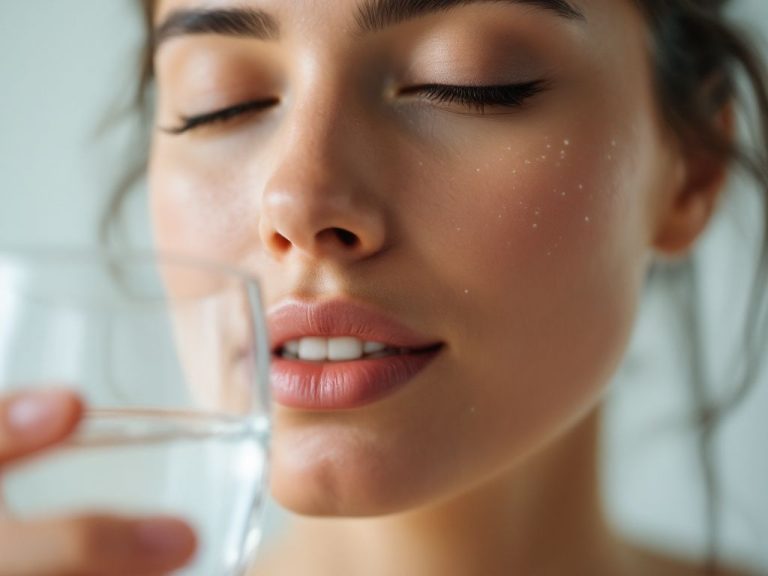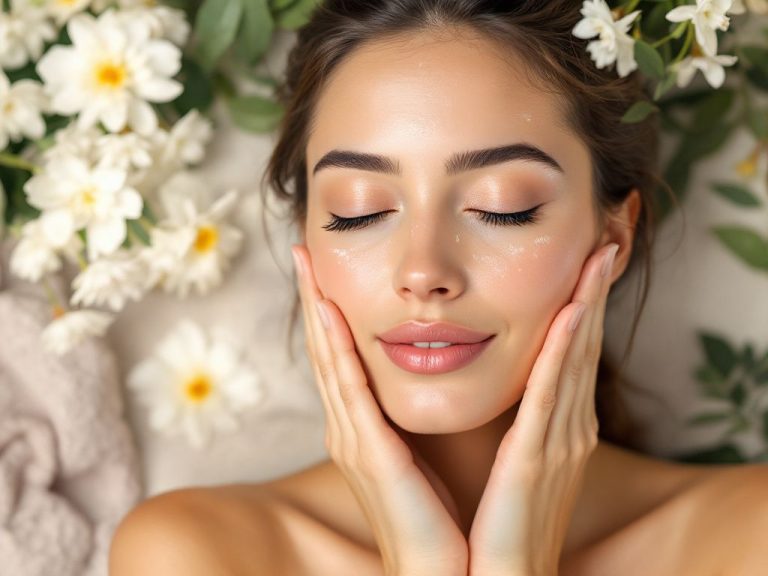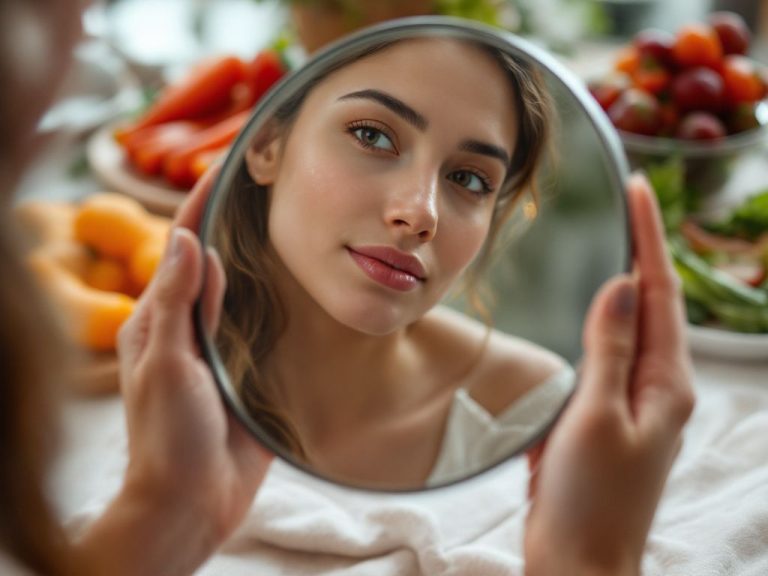Let’s get real. Battling acne can sometimes feel like waging an endless war against your own skin—like every time you think you’ve got it under control, another flare-up catches you off guard. If you’ve ever found yourself trying to decode the secrets of how to get acne free skin, you’re definitely not alone. Think of this as our personal pow-wow on what truly works, piecing together practical steps and treatments that actually make a difference.
Let’s start by shaking up how you think about acne. More often than not, it’s not just one magic product that’ll save the day. Instead, it’s a series of actions, steps, and a bit of commitment that do the heavy lifting over time. Technology has given us many fancy treatments, but nothing beats having the right strategic approach from the comfort of your home.
Table of Contents
ToggleUnderstanding Your Enemy: Unmasking Acne
Know Your Skin Type
Before you can embark on the journey to clear skin, it’s crucial to figure out what skin type you’re dealing with. Are you oily, dry, combination, or sensitive? This is pivotal because each skin type requires a unique approach. Oily skin, with its excess sebum production, might need a bit more attention to oil control products while dry skin demands a symphony of hydration. Recognizing your skin type allows you to choose your products wisely. Oh, and trust me on this one—choosing products that complement your skin type makes all the difference.
Seeking the Culprit: Causes of Acne
What’s fueling those pesky blemishes? Hormones, diet, stress, or possibly all of the above? For most of us, it’s a cocktail of issues. Hormonal imbalances are common culprits, often manifesting as those errant chin and jawline breakouts. Stress and diet play a part too. Too much stress and unhealthy foods? It shows. Finding the root cause doesn’t happen overnight but identifying patterns helps big time.
Strategic Approach to Achieving Clear Skin

Step 1: A Skincare Routine That Doesn’t Quit
Morning Routine
- Gentle Cleanser: Start your day with a mild cleanser that cleans your skin without stripping away essential oils. Look for ingredients like salicylic acid if you’re dealing with acne-prone skin.
- Toner: This is where people might say, “Ah, do I really need a toner?” Hear me out. A good toner can help close pores and even out skin tone. Witch hazel-based toners, for instance, can work wonders without being harsh.
- Moisturizer: Yes, even oily skin needs moisture. Opt for a lightweight, oil-free moisturizer that keeps skin hydrated.
- Sunscreen: Non-negotiable. A broad-spectrum sunscreen shields your skin not just from burns but from all the havoc that sunlight can wreak upon your skin.
Night Routine
- Cleanser: Again, clean slate. But at night you want a bit more power. This is where a thorough double cleanse can be handy—oil-based products followed by a water-based cleanser to remove grime and make-up.
- Exfoliation: Give this a go twice a week. You don’t want to overdo it; otherwise, you’re looking at redness and irritation. Try chemical exfoliants with AHAs or BHAs—they get into the pores without the damaging scrubbing action of physical exfoliants.
- Treatment: Here’s where your active ingredients get to work. Benzoyl peroxide, retinoids, or niacinamide are all great, but remember, particularly with retinoids, give your skin time to adjust.
- Moisturize: You guessed it, again. Ever important, especially after treatments. Hydrated skin heals better.
Step 2: Lifestyle Changes That Matter

Eating for Clear Skin
There’s no one-size-fits-all diet for clear skin, but generally speaking, cutting down on high glycemic foods and increasing your intake of leafy greens, lean proteins, and Omega-3 rich foods like salmon can be super beneficial. It’s handy to keep a food diary and note any correlations between what you eat and how your skin reacts.
Handling Stress and Sleep
We’re all jugglers of some form or another; managing stress is a real challenge. Here’s the thing, though—extra stress can ramp up oil production. Find something that helps you wind down, whether that’s yoga, short meditations, or just a walk. And about sleep, aim for 7-9 hours. Your skin repairs itself when you sleep, make this a non-negotiable.
Step 3: Treatment Options for When You Need It
Sometimes, home methods need a little help. Here’s when you rope in professional treatments:
- Over-The-Counter (OTC) Products: With options like adapalene gel or hydrocolloid bandages, OTC products can offer surprising benefits for mild cases.
- Dermatological Treatments: Prescription creams, oral medications, or even procedures like lasers and chemical peels are often great solutions for stubborn acne. Discussions with a dermatologist will determine whether these benefit your specific situation.
Navigating Common Pitfalls

Don’t Over-Treat
Going overboard with acne treatments is a common mistake. More isn’t better. Overusing harsh ingredients or frequent exfoliation can aggravate your skin more than help it. Be kind to your skin.
Clean Beauty, Clean Hands
It might not seem like a biggie, but often our hands worsen the situation by introducing more bacteria. Regularly washing your hands and avoiding touching your face are simple yet effective strategies.
Patch Test Before Products
Ever jumped into using a new product only to regret it shortly after due to a break-out? Yeah, been there. Get into the habit of patch testing new products. This cautious approach saves your skin from unnecessary reactions.
Key Takeaways
Achieving acne free skin isn’t a walk in the park, true—but it now feels more manageable, right? It’s all about consistency and listening to what your skin’s trying to say. Tune in to its signals, find a skincare routine that’s a fit, adapt to lifestyle changes that amplify health benefits, and don’t hesitate to call in the pros when needed.
Remember, it’s not about perfection. Skin isn’t flawless scalpel-cut marble. It’s living, breathing, and sometimes, it rebels. Trust the process, be patient, and most importantly, be kind to yourself on this journey toward clear skin. You’ve got this.
Frequently Asked Questions
How can I keep my skin clean to prevent acne?
To keep your skin clean and prevent acne, gently wash your face up to twice daily and after sweating. Use a gentle, non-abrasive cleanser and apply it with your fingertips to avoid irritating your skin. Avoid using washcloths, sponges, and other tools that can irritate the skin[3][5>.
What are some effective topical medications for acne?
Effective topical medications for acne include benzoyl peroxide, salicylic acid, topical retinoids such as tretinoin, dapsone, and azelaic acid. These medications help control acne by killing bacteria, reducing inflammation, and preventing the production of keratin, which can lead to acne[1][5>.
How does diet impact acne, and what foods should I avoid?
Diet can significantly impact acne. Eating a diet rich in plant foods and lean protein sources can help provide the necessary nutrients for healthy skin. It is advisable to avoid foods that can trigger breakouts, such as dairy milk, which contains growth compounds and hormones that may exacerbate acne. Everyone may have different trigger foods, so it’s important to identify and avoid those that worsen your symptoms[1>.
Why is staying hydrated important for clear skin?
Staying hydrated is crucial for maintaining clear skin because all cells in the body, including skin cells, need water to stay healthy. Drinking water throughout the day helps keep skin cells hydrated and reduces the risk of losing moisture to the environment[1>.
References







